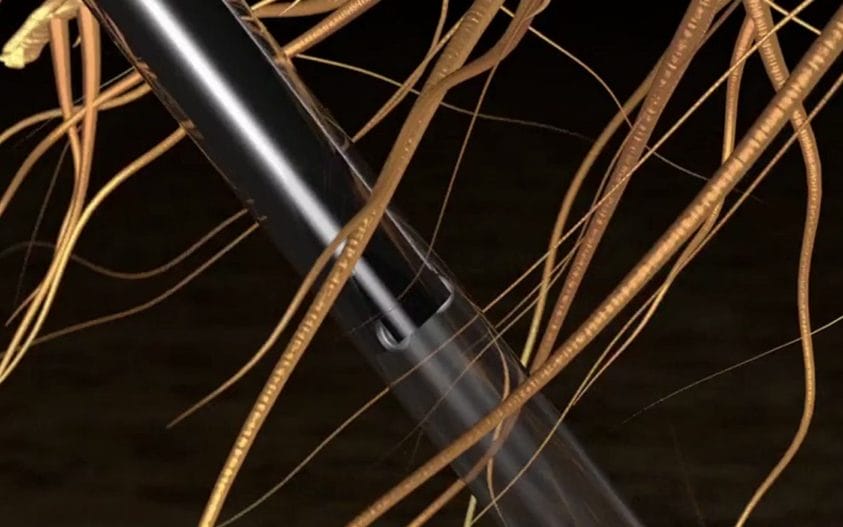Latest roots
Buyer Checklist: Root Imagers for Crop‑Rhizosphere Research
Selecting the right root imagers for crop rhizosphere research is a practical decision that often determines the quality and reliability of underground data. Roots change constantly as they respond to water, nutrients, texture, biota, and management. Capturing these responses in situ requires imaging systems that are stable, portable, and able to deliver clear, repeatable scans… Continue reading…

Additional reading
What Is Transpiration Efficiency and Why Does It Matter for Drought-Resistant Farming?
Transpiration efficiency is emerging as a crucial crop parameter to improve production in water-limited conditions. Restricting transpiration by crops is a vital strategy to increase productivity using less water. External factors like VPD, soil type, and nutrient status are also necessary to increase transpiration efficiency. Society must figure out ways to grow more food for… Continue reading…
Five Important Arbuscular Mycorrhizal Fungi Research Studies in 2024
In 2024, many studies will explore frameworks and concepts to fill in gaps in our understanding of the basics of mycorrhizal composition and functions, from microscopic to large scales. The Mycorrhizal fungi benefits in agriculture are a key focus, with studies aimed at improving the application of arbuscular mycorrhizal fungi (AMF) to enhance soil health… Continue reading…
How Minirhizotrons for Nematode Detection Improve Root Health Monitoring
Early studies used minirhizotron to understand how nematode-roots interaction impacts yield. Minirhizotrons have also been used to quantify nematode damage and cultivar selection. Minirhizotrons can show symptoms like root swelling and root trait changes at infection sites. Root studies have increased in number recently due to novel data collection techniques, such as imaging through minirhizotron… Continue reading…
Understanding Fine Root Dynamics: Key Insights and Methodologies
Fine roots have a diameter of 0.1–2 mm and are essential for nutrient acquisition for individual plants and carbon and nutrient cycling for ecosystems. Research shows fine roots are not a single group; root order determines form, anatomy, physiology, and function. Fine root age is another significant factor that influences functioning and dynamics. Though fine… Continue reading…
How Does the Rhizosphere Effect Influence Plant Growth and Soil Health?
The rhizosphere is the soil surrounding the plant root and soil interface. Root exudates, controlled by plant species, functional type, root traits, and biomes, can determine the biology, physics, and chemistry of the rhizosphere effect. The rhizosphere effect can enhance nutrient availability and defense at the plant level; carbon and nutrient cycling and possible bioremedial… Continue reading…
Advances in the Measurement of Root Turnover with Minirhizotron Technology
Root turnover rates are complex to measure as growth and death co-occur in plants. Minirhizotron is a standard method for estimating root turnover as it is non-destructive, rapid, and accurate. One challenge in the widespread use of minirhizotrons for root turnover is the lack of analysis methods to directly convert root scans to turnover estimation.… Continue reading…











